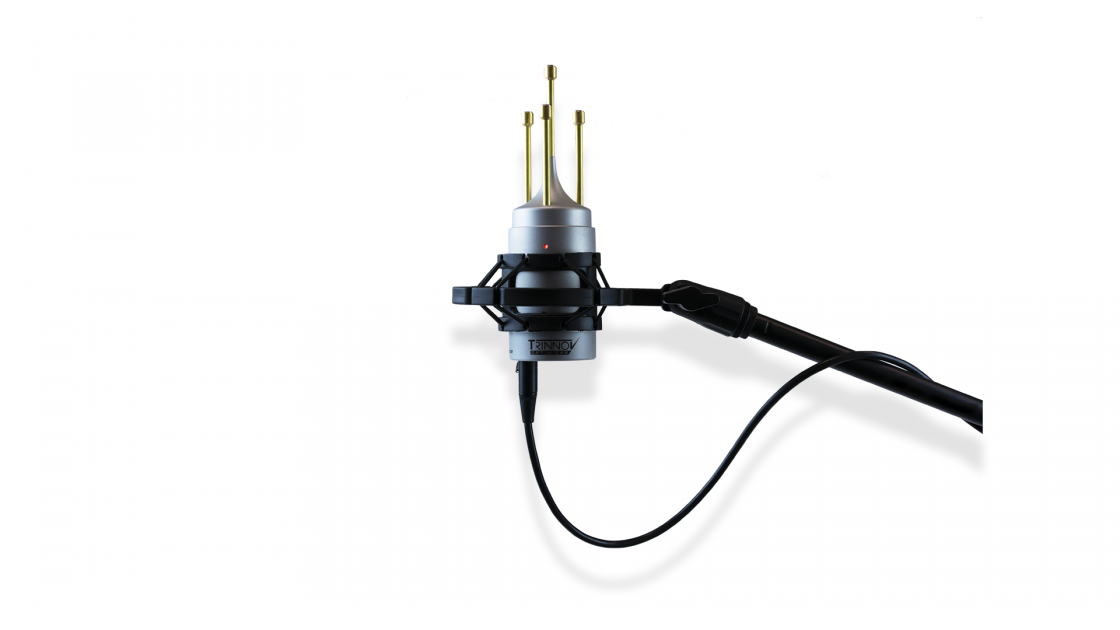What? Do we live in the Multiverse where we can have the best of both worlds, old prices and latest tech?
AVR-X4800H is basically an AVR-X8500H without DTS-X PRO, 4 fewer channels, less watts, and no XLR, but has 2 additional sub outs and Dirac if you want it later. Tons of 8500 tech flowed deep down the line-up for this launch, including chipsets in the 4800 that meet or exceed those in the 8500. Value that what you will.
Maybe it's the 6700 that's the ugly duckling here. Providing little more than an extra 2 channels over the 4800 to justify it's existence. If someone were thinking they wanted to buy a 6700 right now, but were on the fence if they really needed 13 speakers, the 4800 suddenly looks like a steal.
If any of these products are out of your own personal financial reach, that matters to no one but you, and others like you. Sound United will continue to fill new homes around the globe with their products, and owners everywhere will continue to want to buy whatever new products they create.
When I have bought x3500h, it was for the price of today's x1700h. x3600-3700h did not bring any significant advancements imo, to justify an upgrade, while x3800h might do (kind of).
I have some money, but am probably not willing to go that route anymore. All i wanted is 5.1 (right now, Monitor Audio Silve 200), 7.1 max. Also, locally, I know noone, who has more than 7.1 setup. And from the local online community, I know exactly zero persons using something like multiple zones on their AVRs. Who the heck needs 7HDMIs? Game console max? All those dated connectors, dead DVD/BluRay, YPbPr etc.?
The concept of AVR is dated and most ppl just did not realise it. There definitely seems to be some mental division between the home users and professional integrators imo and those might value some separates anyway.
So - right now, I am torn between the upgrade to x3800h + e.g. pma-1700ne vs the x4800h/x6700h, or scrapping the solution altogether and going back to the stereo. I would not miss back channels at all, but I really got used to the center channel. I wonder if I am really weird, as I miss some 3.1 units on the market

What me and my wife like though, is the streaming with the Heos on AVR - for its convenience. We also have pma-600ne in our studio, and like BT streaming. So another option might be e.g. pma-1700ne + some iNode (BluOS), or something like Marantz 40n.

